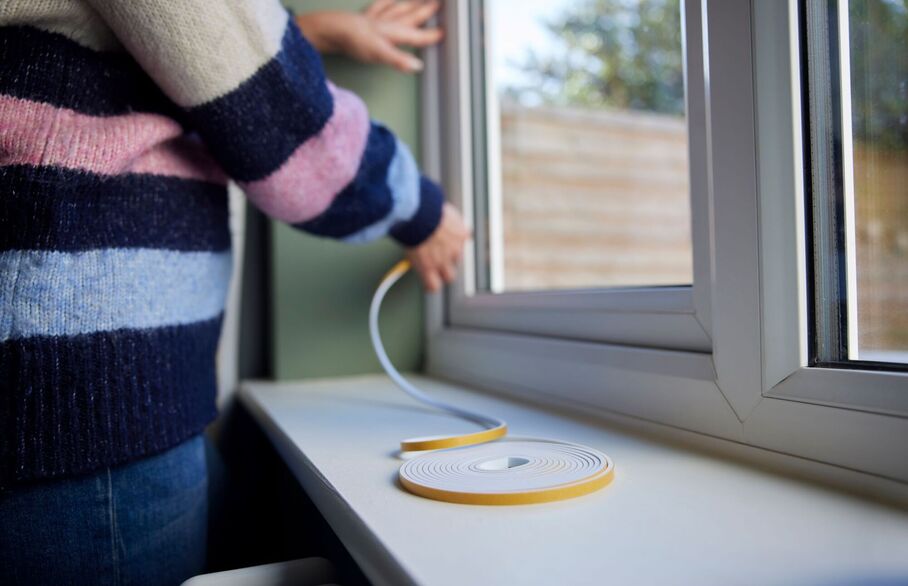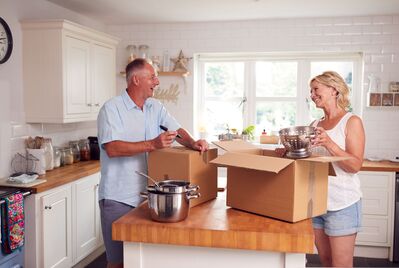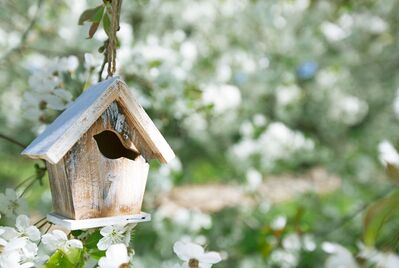Winter-proofing your rental: essential tips for tenants

As winter approaches, tenants in rented accommodation can take several steps to ensure their space remains cosy, safe, and energy-efficient. From heating and insulation checks to simple adjustments that make a significant impact, preparing for winter is easier than it may seem.
In this blog we look at effective ways for tenants to get ready for the cold months ahead while keeping comfort, utility bills, and property maintenance in mind.
1. Seal up any drafts and improve insulation
Drafts are one of the biggest culprits for heat loss in a home, which can lead to high energy bills and a less comfortable living space. As a tenant, start by checking doors and windows for any gaps or leaks. You can use draft stoppers on door frames and apply temporary weather stripping around windows to keep the cold air out. Both are affordable, removable, and highly effective.
For extra insulation, use thick curtains or thermal liners to keep rooms warmer. In spaces where curtains aren’t an option, consider adhesive window insulation kits, which create a barrier against the cold and can easily be removed in spring.
2. Test heating systems early
Don’t wait until the first cold snap to test your heating system. By acting proactively and turning on the heating system a few weeks before winter hits you can report any issues early on to your landlord or property manager and avoid unexpected problems.
Radiators can lose efficiency due to trapped air, which is why releasing air from the radiator can help increase their heating capacity. If you’re unsure how to do this, your landlord or maintenance team will be able to help.
3. Check for and prevent mould and damp
Winter weather can lead to increased dampness and condensation, creating the perfect conditions for mould growth. If your property is prone to damp areas, take preventative steps to control moisture. Use a dehumidifier in rooms that seem especially humid, such as bathrooms and kitchens, or invest in moisture absorbers, which are inexpensive and help reduce humidity.
Regularly wipe down windows and any areas that gather condensation. It’s also important to keep some airflow moving by opening windows periodically, even in winter, to prevent damp and musty odors.
4. Prepare for potential power outages
Winter storms can sometimes lead to power outages, which are highly inconvenient. Having a few essentials ready can make a big difference. Make sure you have a few flashlights or battery-powered lanterns around and keep spare batteries within reach.
If your building uses electronic key fobs or elevators, ask your landlord if they have contingency plans for power cuts, as access to and within your home is essential.
5. Monitor your thermostat and use timers for efficiency
To keep your home comfortable without overspending on heating, get familiar with your thermostat and set timers for heating use. Set it to come on just before you wake up and switch off during the night or when you’re away from home. This approach helps maintain a warm environment without running the heating system constantly.
If your thermostat has a temperature limit setting, try setting it to a slightly lower temperature and wearing warm layers, as small changes can significantly lower heating bills.
6. Layer up and use rugs for warmth
When it’s chilly outside, layer up your home’s interior to maximise warmth. Invest in soft throws and blankets for living areas and your bedroom, and consider using rugs to cover cold floors, especially if you have hardwood or tile. Rugs are not only decorative but also help retain heat in rooms with colder floors.
Adding cosy touches, like heavier bedding or extra pillows, can also make your space more inviting and winter-ready without needing to rely solely on the heating system.
7. Know your tenant rights for repairs and maintenance
Tenants have rights when it comes to essential repairs and maintenance, including heating and hot water. If you report a repair and it’s not resolved within a reasonable timeframe, you have the right to request further assistance, as landlords are legally required to ensure the property is habitable.
Keep records of any requests you make, and if issues persist, consult your rental agreement or speak with a local tenant rights organization to understand your options. Remember, addressing maintenance needs early can prevent bigger problems later.
8. Communicate with your landlord about outdoor maintenance
If your rental property has outdoor space, speak with your landlord about any maintenance that might be needed. Clearing gutters, ensuring proper drainage, and trimming any overhanging branches can prevent potential winter damage to the property, such as leaks or fallen debris. Some landlords handle these tasks directly, while others may appreciate a heads-up and even be open to tenants helping out.
9. Keep an eye on your energy usage
Energy usage typically increases in winter, so make small adjustments to avoid high bills. Switch off lights and appliances when not in use, unplug devices, and use energy-saving bulbs. Many energy companies offer online usage monitoring, so if you’re concerned, consider tracking your monthly usage and adjusting accordingly. For rental properties who have smart meters installed, tenants can monitor their energy usage more closely.
By taking these simple, proactive steps, tenants can ensure a warm, comfortable, and safe winter season in their rental accommodation. For further tips and practical advice, please see our comprehensive maintenance guides or contact us to speak to our lettings team directly.






